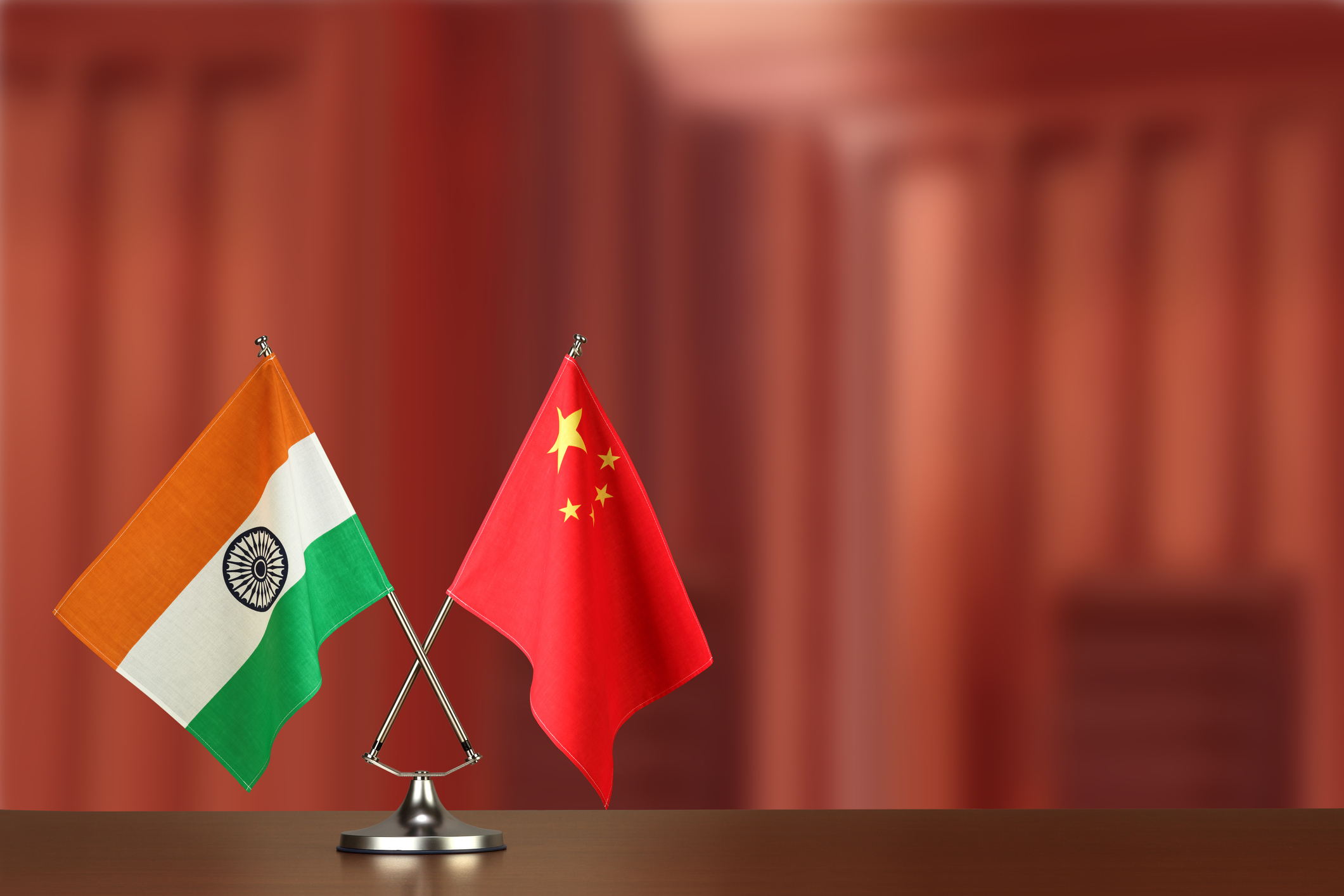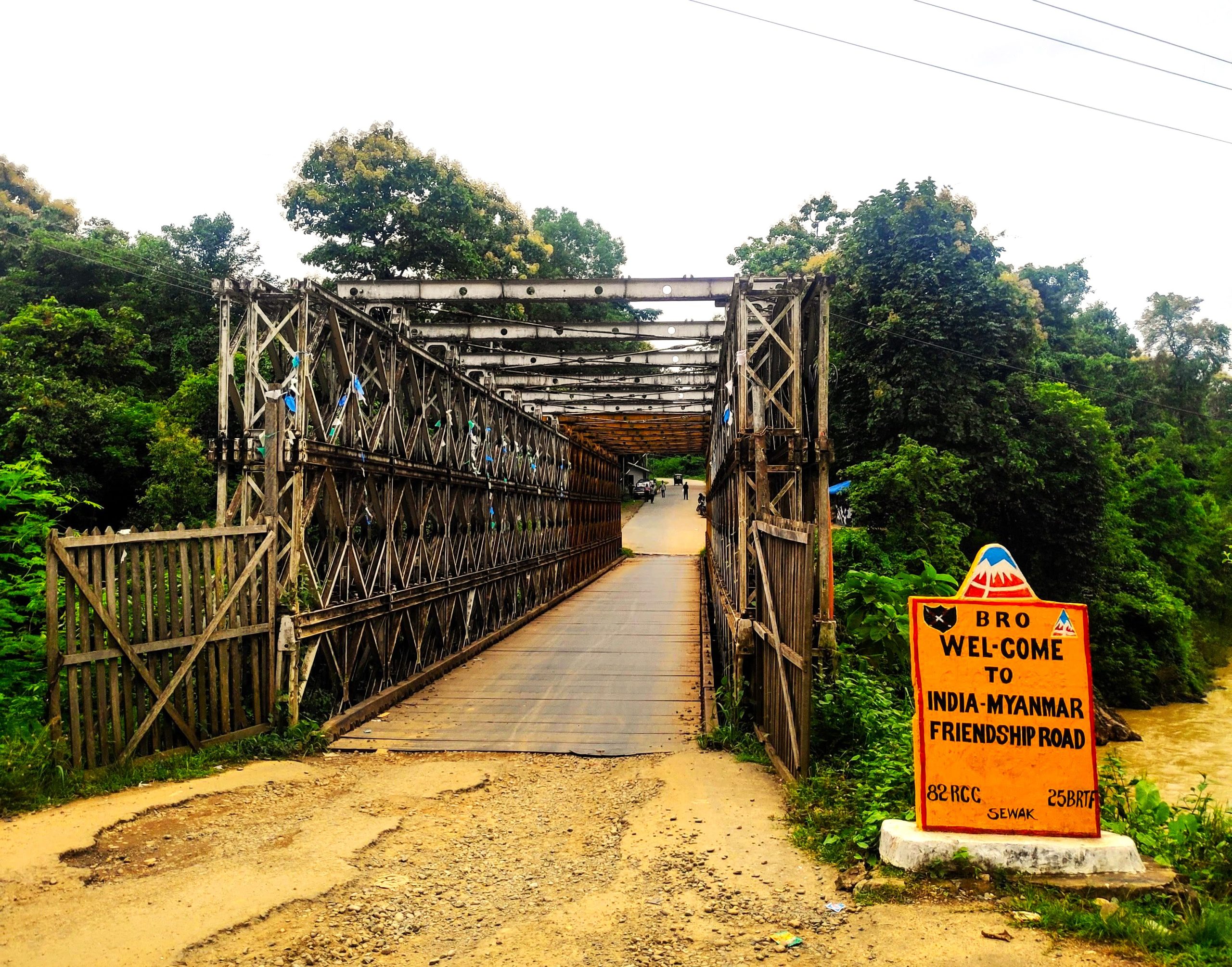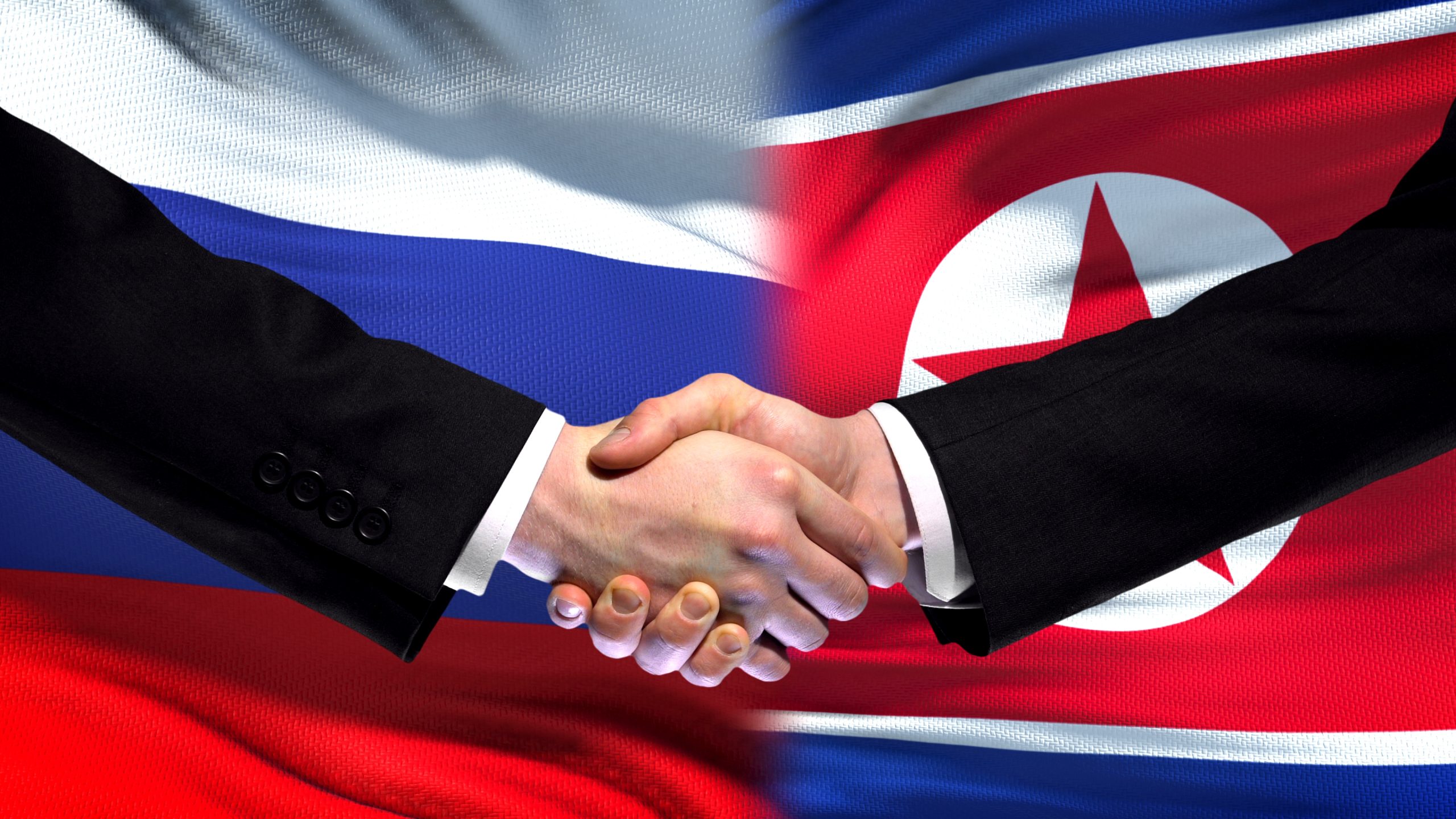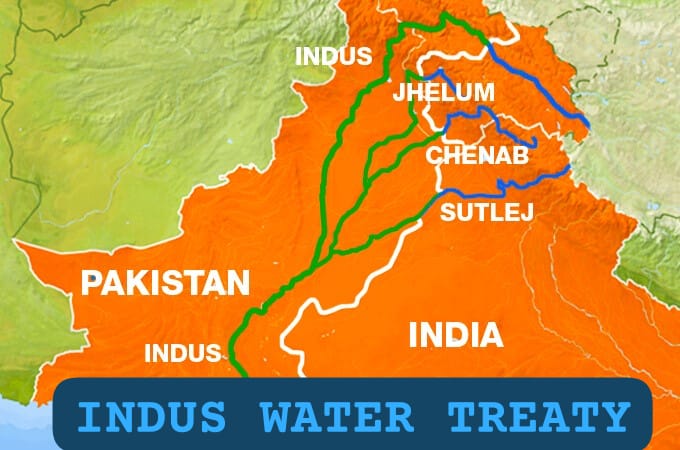
The National Monetisation Pipeline (NMP) – Unleashing India’s Economy

Public assets all over the world have been recognised as a definite and easy source of revenue for governments in dire need of resources. Unlocking the potential of unused and underutilised national assets created over a few years is not a bad idea but needs to be implemented wisely if the government wants to avoid being caught on the wrong foot. Democracies and countries practising free market economy have used asset monetising process to raise resources and had varied experiences, from great success to abject failure. One hopes that the finance ministry has studied the process, considered global experiences and planned a fool proof roadmap.
The Union government has announced an ambitious plan to tap the pipeline of assets and monetise them so as to collect about six trillion rupees to partly fund its ambitious infrastructure projects over the next four years ending 2024-25. The plan, when implemented with military precision, will rake in about 88,000 crore through asset monetisation in the current financial year. The National Monetisation Pipeline (NMP), a special purpose vehicle (SPV), will add up to 14 per cent of the government’s share of 43.29 trillion in the National Infrastructure Pipeline (NIP).
The NMP will cover twenty categories of assets consisting of twelve ministries and departments which will include roadways, railways and power, three top sectors, valued at about one and a half trillion rupees. Unutilised or underutilised brown field assets will also be put on the monetisation block for auction which proudly display a ‘blue chip’ tag earned over the last four or five decades. 25 airports, 27 thousand kms of roads, 6 Gw power projects, 160 coal mines, about 8000 kms of natural gas pipeline; the list of gleaming assets is endless.
The severe resource crunch due to Coronavirus pandemic induced economic meltdown has resulted in unprecedented spending and negative tax collection. This is the case of the economies all over the world. The global investment climate appears to be waiting for the developing economies to get into production mode once again. Any further delay in the markets beginning to come alive will deal a much greater blow to many emerging economies. The economic downturn has also forced the central banks in several emerging economies in Asia and elsewhere to look for easy access to revenue without resorting to printing currency leading to inflationary trend.
By August 2020 nearly 68 members of the Asian Development Bank (ADB) had announced packages amounting to a total of about 19,500 billion dollars. Out of this nearly 3,656 billion dollars corresponds to economic recovery packages announced by 46 member countries falling under developing economies category. Direct support to income through spending and tax cuts etc., account for about 7,687 billion dollars. [1]
The process of asset monetisation globally has not been as bad as it is expected to be and not as good as the government believes it will turn out to be. The process of asset and debt monetisation in China, Philippines, Singapore and the US has produced mixed results. The trick lies somewhere in between the good and bad examples. The seminal question is will the government learn from global experience or prefer to learn through mistakes.
There is no doubt that these are very challenging times for economies of developing countries which have a large number of unemployed people depending solely on agriculture and erratic wages. Selling off the family silver in such times appears to be prudent than aimlessly holding on to it merely for its notional vintage value. The creation of these assets has taken more than five to six decades through the sacrifices of two generations. The government therefore has to place on record its gratitude to all those previous governments who are responsible for the creation of these assets. This also mandates the present government to utilise the revenue judiciously to create more assets and not indulge in profligacy.
It is no secret that a number of public sector assets are underutilised or not put to optimum utilisation. Such assets can be and should be put to proper use through monetisation so as to create greater financial comfort. The government, caught in the whirlpool of resource crunch seeks to unlock the value of these national assets. Besides providing resources, the monetisation is also a process through which the management of these assets can be transferred to private sector for better financial management. There is nothing wrong if the government admits that it has no reason to be in the business of managing business.
While the government avowedly claims that it is not selling away the assets, its assurance is likely to be viewed with suspicion and taken with more than a pinch of salt. Those who have dealt with governments in the past know that monetisation is euphuism for privatisation. The government’s efforts to mop up as much revenue as possible to fuel the economy, kick start production, perk up the employment market and make the economy ‘shine’ is understandable. The demonetisation of rupee in 2016, the rolling out of the GST in 2017, the slow pace of recovery in 2018-19 and the pandemic and lockdown in 2020 has broken the back of the salaried class, the daily wage earner and the business community in equal proportion. While the governments all over the world as well as in New Delhi can print notes, sell assets and resort to deficit financing, the common man cannot perform any of these tricks to remain afloat.
The Union government did everything possible to save the economic nose-dive especially following the pandemic infused setback. The Atmanirbhar Bharat programme, ‘vocal for local’ mantra and the efforts to kick-start manufacturing have not yet shown encouraging results due to a number of factors. But even before these announcements could result in green shoots, the growth (in 2019) slowed down to 4.5 per cent and showed sign of breaching the danger mark. With zero consumer goods production, sluggish demand and investments declining the economy began to move into negative terrain.
In such circumstances no government can refrain from taking steps like monetisation to increase revenue and fuel the economy through newer infrastructure projects. The increased GST collection is not always a correct indicator of a flourishing economy unless other parameters are in place. Thus nobody can fault the government’s intensions to look for augmenting resources through assets sale. The problem lies in the finer details of the NMP plan, its implementation and the guarantee of results.
While no one can make a precise prediction of the outcome of the NMP plan, one can deduct its outcome from the roadmap and transparency that the plan provides. India’s private sector has registered exponential growth in spite of enormous problems and roadblocks. In times of crisis and slow pace of manufacturing, the private sector needs greater encouragement, lesser tax burden, easy compliance and better credit facilities. There is an urgent need for the government to provide a level playing field and clear the cobwebs in the administration. For a government that has provided a corruption free administration for over seven years, providing these facilities should not be very difficult. The reports appearing in a section of the press that some global players (such as Blackstone, Blackrock, and Macquarie) could participate in the monetisation process may be good news for the share market but appears to be bad news for the Atmanirbhar Bharat process and local industry. Being an honest and responsible government, it should be easy for the finance ministry or the Niti Aayog to publish a white paper on the roadmap of the NMP, its nuances, the process of valuation of assets and above all procedures to avoid creation of private monopoly and/or crony capitalists.
Meanwhile, it would not be out place to suggest that the government should seriously consider bringing the ailing Air India under this scheme and stop the process of its sale. Since the assets under the NMP plan are ‘not being sold’ and there will be an undertaking to ‘hand over the assets back’ after a certain period, the government will remain the proud owner of the national carrier and yet bail it out of the financial mess.
Another apprehension that the government needs to allay is the possibility of the asset sale revenue being used to bail out public sector banks, clean the bank’s balance sheet of the Non-Performing Assets (NPAs), loan repayment and debt servicing. It will be very inappropriate on the part of the government to utilise the revenue out of the sale of the ‘family silver’ to fund projects which will be non-productive and do not create new assets. The government should strongly resist the temptation to indulge in profligacy especially during an election year.
****************
References-
[1] https://covid19policy.adb.org/
Disclaimer
The opinions expressed in this article are the author’s own and do not reflect the views of Chanakya Forum. All information provided in this article including timeliness, completeness, accuracy, suitability or validity of information referenced therein, is the sole responsibility of the author. www.chanakyaforum.com does not assume any responsibility for the same.
Chanakya Forum is now on . Click here to join our channel (@ChanakyaForum) and stay updated with the latest headlines and articles.
Important
We work round the clock to bring you the finest articles and updates from around the world. There is a team that works tirelessly to ensure that you have a seamless reading experience. But all this costs money. Please support us so that we keep doing what we do best. Happy Reading
Support Us





















POST COMMENTS (2)
Manish
Ram Kotipalli (K N V Rama Rao)